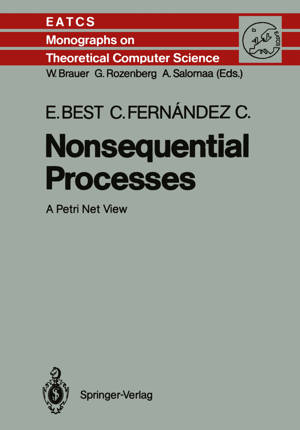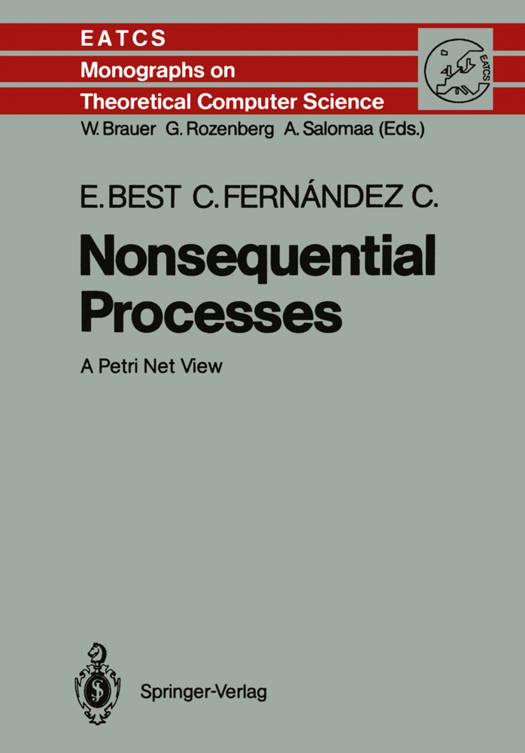
Bedankt voor het vertrouwen het afgelopen jaar! Om jou te bedanken bieden we GRATIS verzending (in België) aan op alles gedurende de hele maand januari.
- Afhalen na 1 uur in een winkel met voorraad
- In januari gratis thuislevering in België
- Ruim aanbod met 7 miljoen producten
Bedankt voor het vertrouwen het afgelopen jaar! Om jou te bedanken bieden we GRATIS verzending (in België) aan op alles gedurende de hele maand januari.
- Afhalen na 1 uur in een winkel met voorraad
- In januari gratis thuislevering in België
- Ruim aanbod met 7 miljoen producten
Zoeken
Omschrijving
The theory of Petri nets is a part of computer science whose importance is increasingly acknowledged. Many papers and anthologies, whose subject matter is net theory and its applications, have appeared to date. There exist at least seven introductory textbooks on the theory. The present monograph augments this literature by offering a mathematical treatment of one of the central aspects of net theory: the modelling of concur- rency by partially ordered sets. Occurrence nets - which are special nets as well as special partial orders - are proposed by net theory for this purpose. We study both the general properties of occurrence nets and their use in describing the concurrent behaviour of systems. Occurrence nets may be contrasted with a more language-oriented approach to the modelling of concurrency known as arbitrary interleaving. We will dis- cuss some connections between these' two approaches. Other approaches based on partially ordered sets - such as the theory of traces, the theory of event structures and the theory of semi words - are not considered in this book, in spite of the strong links between them and net theory.
Specificaties
Betrokkenen
- Auteur(s):
- Uitgeverij:
Inhoud
- Aantal bladzijden:
- 112
- Taal:
- Engels
- Reeks:
- Reeksnummer:
- nr. 13
Eigenschappen
- Productcode (EAN):
- 9783642734854
- Verschijningsdatum:
- 13/12/2011
- Uitvoering:
- Paperback
- Formaat:
- Trade paperback (VS)
- Afmetingen:
- 170 mm x 244 mm
- Gewicht:
- 208 g

Alleen bij Standaard Boekhandel
+ 237 punten op je klantenkaart van Standaard Boekhandel
Beoordelingen
We publiceren alleen reviews die voldoen aan de voorwaarden voor reviews. Bekijk onze voorwaarden voor reviews.









